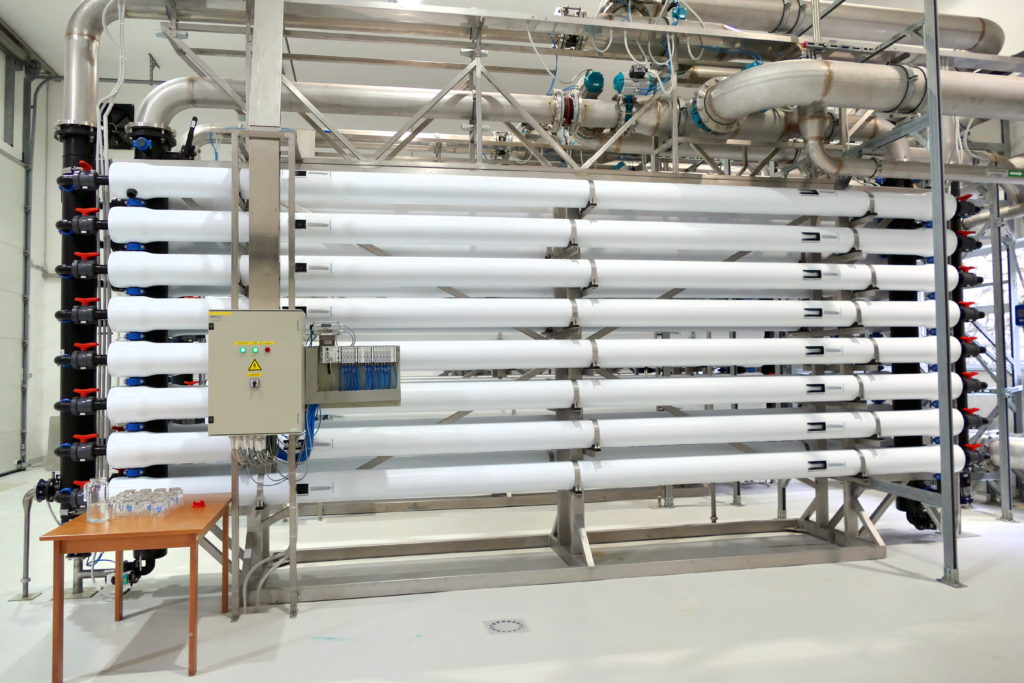Membrane Filtration: Ultrafiltration
In one of our previous blogs, we discussed microfiltration, a type of specialized filtration which uses a membrane with relatively large pores to separate certain materials from water. While microfiltration is useful as a pre-treatment filtration, it is limited by its larger pore size. This post will discuss ultrafiltration, a similar type of specialized filtration which also uses a membrane. And like microfiltration, ultrafiltration has its own set of pros and cons.
What is Membrane Filtration?

In water treatment, filtration often happens through the use of a semi-porous membrane. Water is sent through the membrane, which has pores that allow water to pass through but block certain materials like bacteria and suspended solids from passing through along with it, thus separating these materials from the water. This process achieves a more useful process water, and can be repeated several times with different filters to achieve different levels of purity.
Ultrafiltration Pros and Cons
Ultrafiltration is somewhat similar to microfiltration in terms of what it can do. The main difference between the two membranes is that ultrafiltration has a smaller pore size and can therefore separate more from the water than a microfiltration filter can. While microfiltration filters can remove suspended solids and most bacteria, ultrafiltration can remove all of the above as well as most viruses, making it a more effective, consistent alternative, depending on the desired product. Like microfiltration, ultrafiltration is also often used as a pre-treatment step before sending water on to finer filtration methods.
